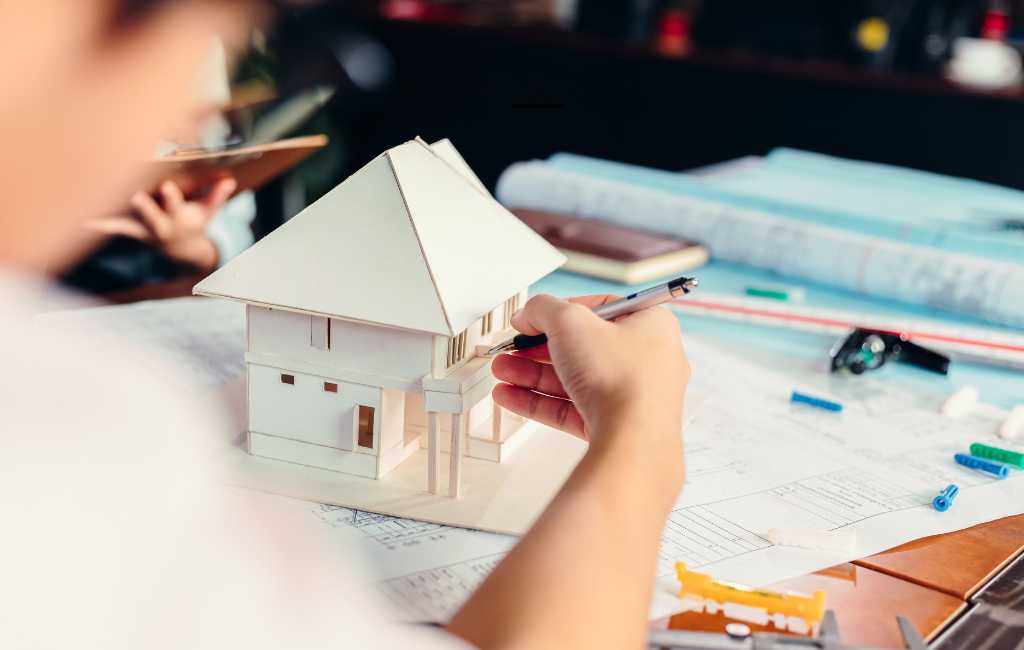-
Table of Contents
- Architectural Innovation: Crafting Sustainable Designs
- Principles of Sustainable Design
- Innovative Practices in Sustainable Architecture
- Green Roofs and Walls
- Passive Solar Design
- Net-Zero Energy Buildings
- Biophilic Design
- Case Studies of Sustainable Architecture
- The Edge, Amsterdam
- Bullitt Center, Seattle
- One Central Park, Sydney
- Statistics on Sustainable Architecture
- Challenges and Future Directions
- Conclusion
Architect: Crafting Sustainable Designs
In recent years, the focus on sustainable architecture has grown significantly. This shift is driven by the urgent need to address environmental challenges and create buildings that are not only functional but also environmentally responsible. This article explores the principles of sustainable design, highlights innovative practices, and examines real-world examples of successful sustainable architecture.
Principles of Sustainable Design
Sustainable design aims to minimize the negative environmental impact of buildings through efficiency and moderation in the use of materials, energy, and development space. Key principles include:
- Energy Efficiency: Reducing energy consumption through the use of renewable energy sources and energy-efficient systems.
- Water Conservation: Implementing systems that reduce water usage and promote recycling and reuse.
- Material Sustainability: Using materials that are non-toxic, recycled, or sustainably sourced.
- Indoor Environmental Quality: Enhancing the health and comfort of building occupants through improved air quality, natural lighting, and thermal comfort.
- Site Sustainability: Minimizing the impact on the surrounding environment and promoting biodiversity.
Innovative Practices in Sustainable Architecture
Architects and designers are continually developing new methods to create sustainable buildings. Some of the most innovative practices include:
Green Roofs and Walls
Green roofs and walls are covered with vegetation, which helps to insulate buildings, reduce urban heat islands, and manage stormwater. They also provide habitats for wildlife and improve air quality.
Passive Solar Design
Passive solar design involves orienting buildings to maximize natural light and heat from the sun, reducing the need for artificial lighting and heating. This can be achieved through strategic placement of windows, thermal mass materials, and shading devices.
Net-Zero Energy Buildings
Net-zero energy buildings produce as much energy as they consume, often through a combination of energy-efficient design and renewable energy sources like solar panels and wind turbines.
Biophilic Design
Biophilic design integrates natural elements into the built environment, promoting a connection to nature. This can include the use of natural materials, indoor plants, and views of the outdoors, which have been shown to improve mental and physical well-being.
Case Studies of Sustainable Architecture
Several buildings around the world exemplify the principles and practices of sustainable design. Here are a few notable examples:
The Edge, Amsterdam
The Edge is often cited as one of the most sustainable office buildings in the world. It features a smart lighting system that uses 70% less electricity than a typical office building. The building also has a rainwater collection system, solar panels, and a highly efficient heating and cooling system.
Bullitt Center, Seattle
The Bullitt Center is designed to be a “living building,” meeting the rigorous standards of the Living Building Challenge. It generates its own energy through solar panels, collects and treats rainwater, and uses composting toilets. The building also prioritizes the use of non-toxic materials and promotes occupant health and well-being.
One Central Park, Sydney
One Central Park is a mixed-use development that features vertical gardens, a heliostat to direct sunlight into shaded areas, and a tri-generation plant that produces low-carbon electricity, heating, and cooling. The building also includes water recycling systems and energy-efficient lighting.
Statistics on Sustainable Architecture
Data and statistics highlight the growing impact of sustainable architecture:
- According to the World Green Building Council, green buildings can reduce energy use by 30-50% and water use by 40% compared to conventional buildings.
- The U.S. Green Building Council reports that LEED-certified buildings have saved over $1.2 billion in energy costs since 2015.
- A study by the International Energy Agency found that buildings account for nearly 40% of global energy consumption and 33% of greenhouse gas emissions, underscoring the importance of sustainable design.
Challenges and Future Directions
While sustainable architecture has made significant strides, challenges remain. These include the higher initial costs of sustainable materials and technologies, the need for greater awareness and education among stakeholders, and the integration of sustainability into existing buildings.
Looking ahead, the future of sustainable architecture will likely involve greater use of smart technologies, increased emphasis on circular economy principles, and more collaborative approaches to design and construction. Innovations such as 3D printing, modular construction, and advanced materials will also play a role in shaping the future of sustainable buildings.
Conclusion
Sustainable architecture represents a critical shift towards more environmentally responsible building practices. By embracing principles such as energy efficiency, water conservation, and material sustainability, architects can create buildings that not only meet the needs of their occupants but also contribute to the health of our planet. Through innovative practices and real-world examples, it is clear that sustainable design is not just a trend but a necessary evolution in the field of architecture.
